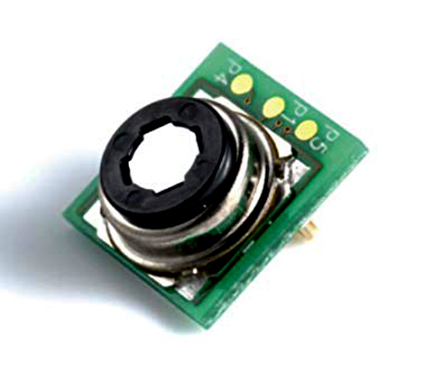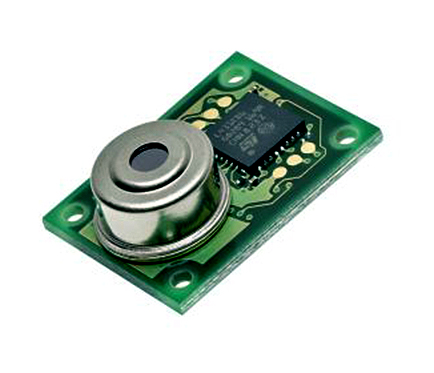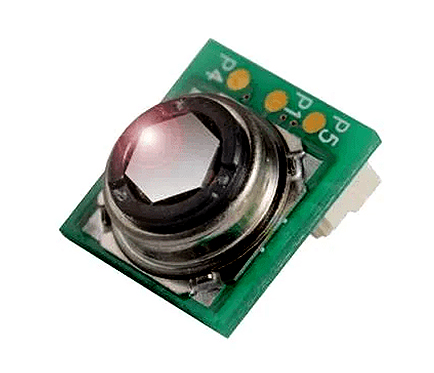Photoelectric Sensors & Their Applications
In the ever-advancing world of technology, photoelectric sensors have emerged as a crucial component for a myriad of applications. These sensors use light beams to detect the presence, absence, or distance of objects, offering precision and reliability in a wide range of industries. In this blog, we will delve into the world of photoelectric sensors, exploring what they are, how they work, their applications, different types, and the advantages and disadvantages of using these sensors. We will also take a closer look at Panasonic Photoelectric Sensors, a leading name in this field.
What is a Photoelectric Sensor?
A photoelectric sensor, often referred to as a photo eye or photocell, is an optoelectronic device that detects the presence of objects or changes in light conditions. It operates on the principle that when light (typically infrared or visible) is interrupted or reflected by an object, the sensor generates a signal, which can be used to trigger various actions or processes.
How Does a Photoelectric Sensor Work?
Photoelectric sensors work by emitting a light beam, typically infrared or visible light, from the sensor’s transmitter (emitter) to a receiver. The receiver is usually a photodetector that captures the light. When an object comes into the path of the light beam, it either reflects the light to the receiver (reflective mode) or interrupts the beam, causing a decrease in received light intensity (transmissive mode). This change in light intensity is then converted into an electrical signal, which is used to detect the presence or absence of the object.
Shop Now

Omron D6T-1A-02 MEMS Thermal Sensors
Request For Price
Omron D6T-1A-01 MEMS Thermal Sensor
Request For Price
Applications of Photoelectric Sensors
Photoelectric sensors find applications in a wide array of industries, thanks to their versatility and precision. Here are some of the common applications:
Object Detection:
- Conveyor systems: Ensuring the proper spacing of objects on a conveyor belt.
- Packaging: Detecting the presence of products for accurate packaging and sorting.
Proximity Sensing:
- Elevators: Ensuring doors open and close safely.
- Automotive: Activating automatic car wash systems or detecting the presence of nearby vehicles.
Level Sensing :
- Liquid level detection in tanks.
- Fill level detection in bottling and filling machines.
Counting and Sorting:
- Counting products on assembly lines.
- Sorting items by size, color, or shape.
Barcode Readers:
- Scanning and reading barcodes for inventory management and retail applications.
Edge Detection:
- Detecting the edges of materials in web printing and converting.
Different Types of Photoelectric Sensors
Photoelectric sensors come in various types to suit specific applications:
Through-beam Sensors:
- Consist of a separate emitter and receiver placed opposite each other.
- Ideal for long-range sensing and detecting small objects.
Retro-reflective Sensors:
- Use a reflector to bounce the emitted light back to the receiver.
- Suitable for applications where space is limited.
Diffuse Sensors:
- Combine the emitter and receiver in a single housing.
- Detect objects by measuring the reflected light from the object.
Background Suppression Sensors:
- Detect the presence of objects at a specific distance from the sensor.
- Useful in applications requiring precise distance control.
Polarized Retro-reflective Sensors:
- Employ polarized light to minimize false readings from reflective surfaces.
Advantages and Disadvantages of Photoelectric Sensors
Advantages:
- Precision: Photoelectric sensors offer high accuracy and repeatability in object detection.
- Versatility: They can be used in various applications and environments.
- Non-contact: Objects can be detected without physical contact, reducing wear and tear.
- Speed: Photoelectric sensors operate quickly, making them suitable for high-speed applications.
- Reliability: These sensors are known for their long-term stability and low maintenance requirements.
Disadvantages:
- Sensitivity to Ambient Light: Photoelectric sensors can be affected by ambient light, potentially leading to false readings.
- Limited Range: The range of detection is finite and depends on the sensor type.
- Alignment Requirements: Proper alignment between the emitter and receiver is essential for accurate operation.
- Dust and Dirt: Contaminants on the sensor’s lens can interfere with its operation.
Panasonic Photoelectric Sensor
Panasonic, a renowned name in the world of electronics, offers a range of high-quality photoelectric sensors. Panasonic’s photoelectric sensors are known for their precision, reliability, and cutting-edge technology. Some notable features of Panasonic Photoelectric Sensors include:
– High Sensitivity: Panasonic sensors can detect objects with exceptional sensitivity, even in challenging environments.
– Robust Design: They are built to withstand harsh conditions, making them suitable for industrial applications.
– Diverse Range: Panasonic offers a wide variety of sensors, including through-beam, retro-reflective, and diffuse types, catering to different sensing needs.
– Longevity: Panasonic sensors are known for their durability, ensuring a long service life.
In conclusion, photoelectric sensors are an integral part of modern industrial and technological advancements. Their ability to detect, count, and measure objects with precision has made them invaluable in countless applications across various industries. Panasonic’s Photoelectric Sensors, with their innovative features and reputation for excellence, are a testament to the continuous evolution of this technology, contributing to enhanced safety and efficiency in numerous sectors. Whether it’s object detection, proximity sensing, or any other application, photoelectric sensors are indeed shedding light on a brighter and more automated future.



